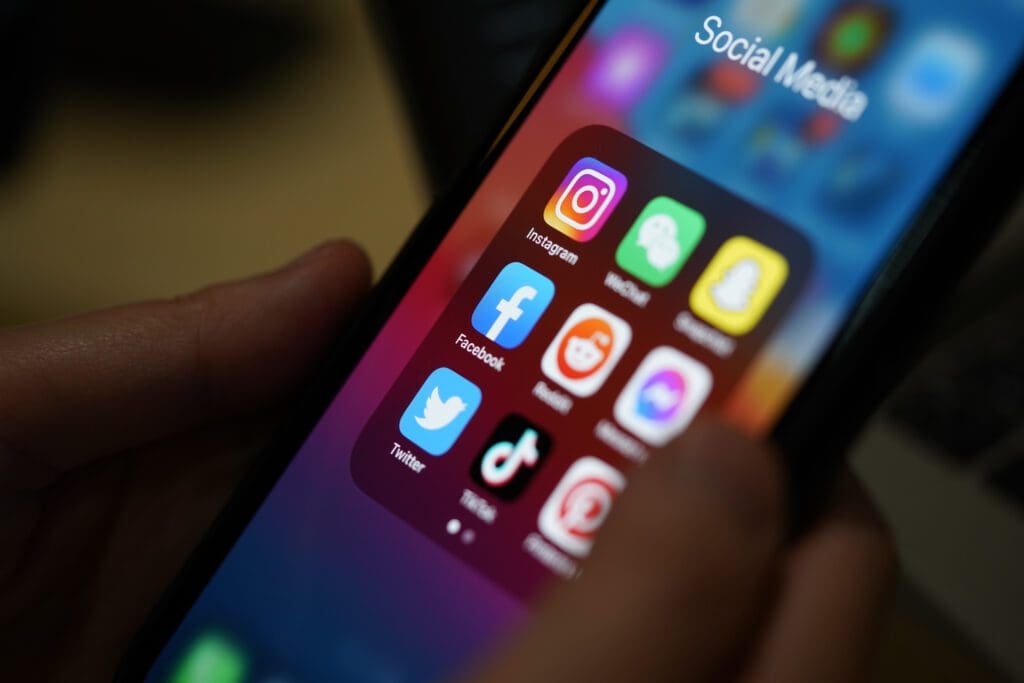Keeping the Story at the Heart of Your Creative

Josh Scheinblum’s career in television took some unusual turns. He started out working for CBS News’ investigative unit in DC, but left that market to work at the CBS affiliate in Cedar Rapids, Iowa.
A stint in TV in Connecticut followed before a move back to Iowa for a job at the ABC station in Cedar Rapids. There he started to see the local news industry in decline. Inspired to still tell stories, he launched a boutique social-media focused consulting firm, Five Seasons Media, together with a business partner just as COVID hit, which turned out to be a blessing as clients came out of the woodwork during lockdown.
Now, as the Republican firm’s chief creative officer, he’s done work for a variety of political, entertainment, and commercial clients.
C&E: What’s working right now on social media for your clients?
Scheinblum: If you want to maximize your reach, your voice, you have to be doing video. The days of just creating a bunch of cookie-cutter graphics and sending them out to each campaign and changing the logos out and changing the candidate’s photo — throwing a bunch of pickles at the wall and praying that it’s gonna get some sort of success — those days are over. The candidates who are doing well, the campaigns that are doing well on social have a clear video strategy and they’re pumping out way more than just your typical, traditional campaign. When you’re fighting in the battlefield of digital real estate, the focus really needs to be on: Why is this content valuable to me?
C&E: What does that value-add content look like?
Scheinblum: If a candidate or a company wants to be the center of conversation, they really have to tell a story that delivers value and keeps people craving more content and coming back for more. What keeps people engaged on social media is [content that] makes them feel good. Why do you play Candy Crush? It delivers a dopamine hit to your brain. And if I’m not feeling good, then I’m not consuming it. I’m not going to watch it.
If I’m bored, my dopamine levels have dropped, then I’m scrolling onto the next thing. So the example that I like to use is to imagine the first movie of Star Wars and how it starts off and what the story structure is. There’s a spaceship and it’s attacking another spaceship, and there’s a princess and she’s being rescued. And if you’ve never seen Star Wars before, you don’t know what’s going on. If you can condense that 126 minute movie into a 30-second reel, people are going to keep coming back over and over and over again because you’re rewarding them with the easiest form of value — that’s a great story. And if you’re running for office, if you’re running a campaign, they better have a good story, right?
C&E: When it comes to organic social media content types, you don’t see those as advertisements, correct?
Scheinblum: There has never been a point in history, certainly that I’m aware of, where the consumer has been so savvy that they can identify basically anything as an ad. Unless your ad is airing during the Super Bowl, people just don’t sit down and watch television anymore. I used to work in TV and one of the biggest red flags for me is when they would send out the ratings reports and you would see how much of the audience would drop off after the first commercial break. When I’ve lost 93 percent of my consumer base or my target consumer base, who am I reaching and what is it that I’m paying for at this point?
There are a lot of people who do a lot of great work in the campaign space, but if you’re going to utilize social media, you have to utilize it for what it’s designed for. And you have to remember, frankly, why it exists. The biggest thing that people forget is the social part of social media. It’s about engaging with people and it’s about engaging with them on their terms.
C&E: What’s your prediction for the next year when it comes to social media?
Scheinblum: So there’s this giant emphasis right now on Twitter, and to like Elon Musk’s credit, he’s basically open-sourced the algorithm, which none of the other social media companies have done, but it’s given us, for the first time, some real insight into how a lot of these companies work. The thing is, though, there’s this overemphasis on creative tweets and owning someone on Twitter, meanwhile, it’s only like the 16th largest social media platform.
So it’s not something that the average voter, certainly not the average primary or caucus voter is using. If you look at Facebook’s user base, for example, just the pure age demographic that’s there, it might be an older platform, but they’re trying to be innovative, they’re trying to compete. That is where I think the battleground should be. And the folks who understand that the quickest, understand that is where we’re going to be reaching our target demo to compel them to come out, vote for our campaign and for our candidate, I think they’re the ones who are going to see the biggest success.
C&E: So you’re going all in on Facebook for 2024?
Scheinblum: There is absolutely no question that there is value in being on every social media platform, but not every campaign has a multi-million dollar budget. And if you don’t have a multimillion dollar budget, you need to stretch your dollar and go to where you know that you’re going to make the largest impact. I think it would be in everybody’s best interest to utilize more of those legacy platforms.
